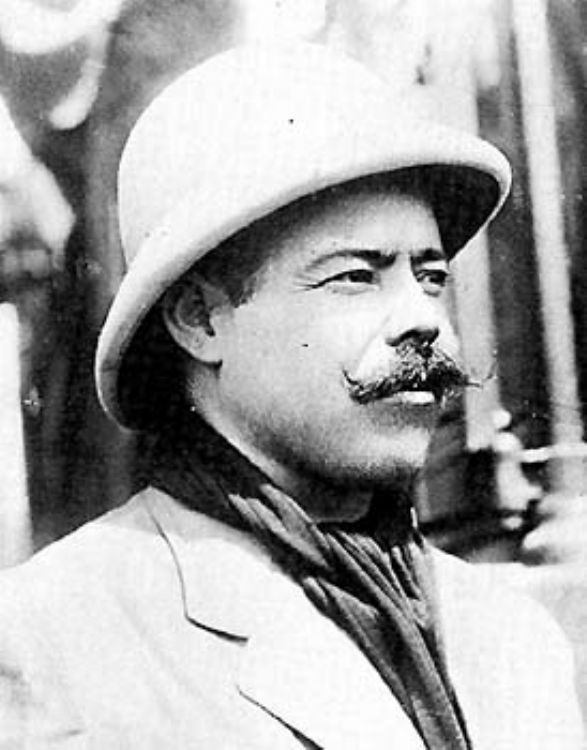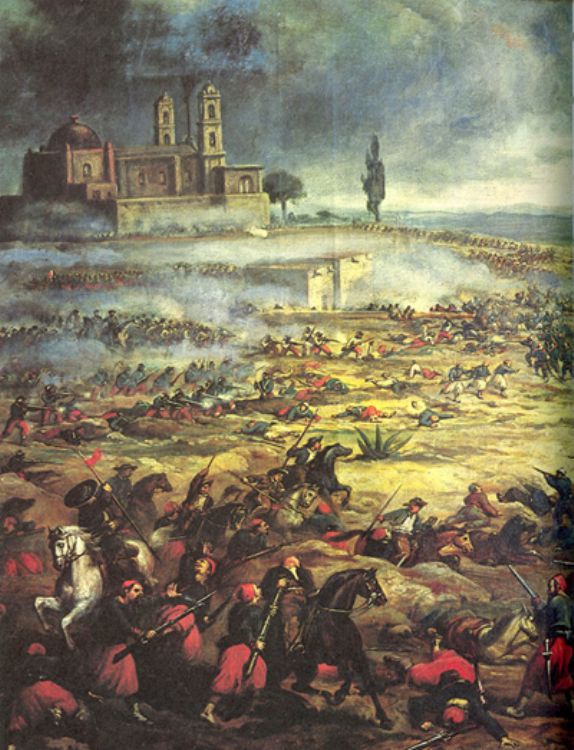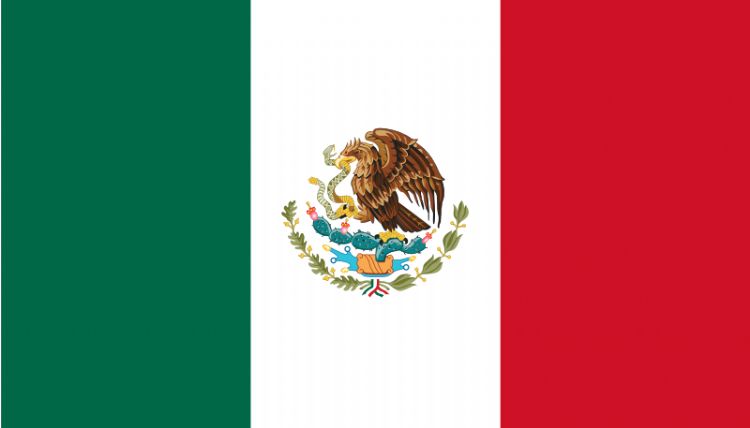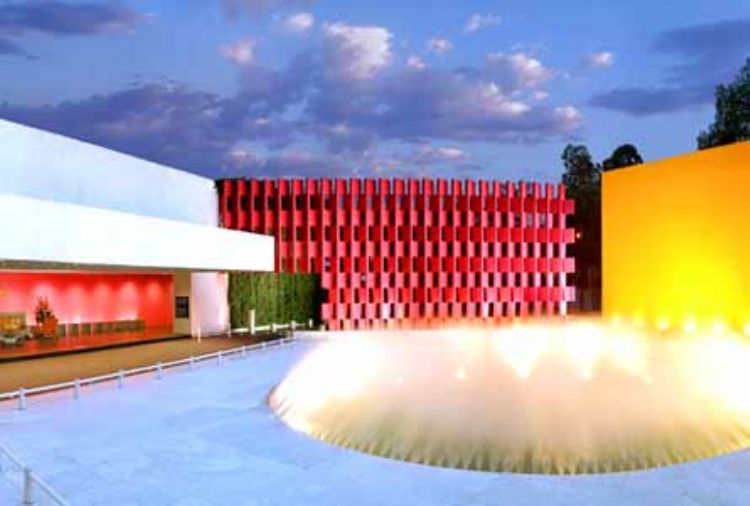Puebla's Cathedral
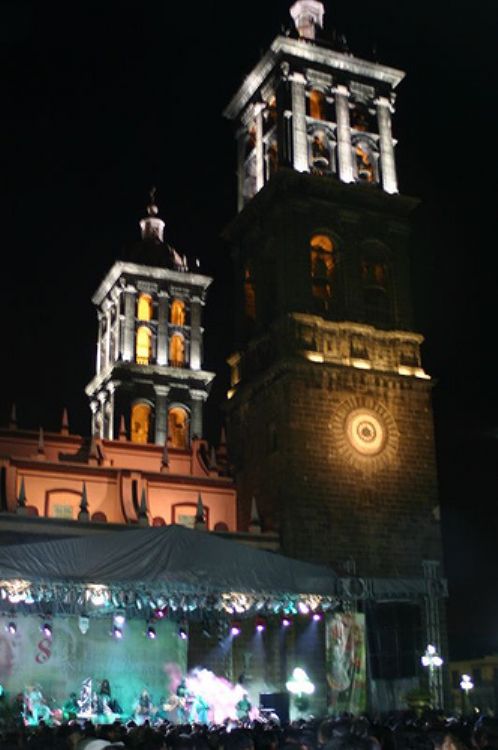
With a great central esplanade, the Cathedral of Puebla welcomes visitors by offering a beautiful view of XVI century sacred art. During the colony, the cities that had reached an important population development built temples for centralizing social, political and economic life. Civil and religious buildings were constructed more frequently during that time.
Pueblaâs Cathedral was soon planned, for substituting the former one, only a few decades after the arrival of the Spaniards, in 1552 authorized by a Royal Warrant from King Felipe II, ordering the construction of the great building. It was common for architects to try to copy, as much as possible, the European constructions. Work was started in 1575 and its first phase concluded on April 18, 1649.
Manuel Tolsá was one of the most important constructors in colonial Mexico, he was responsible for the planning and conclusion of the great work in 1819. Seen from the front, on the left is the Door of Forgiveness, with imposing statues of the Apostles Saint Pedro and Saint Pablo, allegories to the aspiration of colonial churches to the Roman Church. On the same side there are images of Saint Jose and Santiago. On the right are relieves of Santa Teresa, among others.
The Cathedral has side and central entrances. The main nave is segmented into 9 bodies, corresponding to the dome, presbyter, chorus and hind chorus; connected to the constructionâs center leading to 14 chapels. Common in cathedrals, each chapel is assigned to a religious figure: Nuestra Señora de Dolores, El Sagrado Corazón de Jesús, De las reliquias, San Juan Nepomuceno, Señor de la Columna, Nuestra Señora de la Soledad, Del Evangelio, San Nicolás de Bari, de la Preciosa Sangre, De la Inmaculada Concepción, San Pedro Apóstol, Santiago el Menor, Dulce Corazón and Nuestra Señora de Guadalupe.
Sacred art of the colonial era was composed of all the artistsâ voices and interpretations of new techniques, combining them with Christian themes, creating a rich mix of sensitivity that can be seen in the Altar of the Kings with beautiful altarpieces to Saint Luis King of France and Saint Margarita of Scotland, Saint Fernando King of Spain and Saint Isabel, Saint Eduardo King of Austria and Saint Elena Mother of Constantine.
The Cathedral changed its Chapter House many times, until finally placing it furthest from central activity, reached through the Salón de Gobelinos.
It gathers pieces of great artistic value, not only its altarpieces, but the whole set of paintings, carvings and structures it contains. Of a romantic style, Churrigueresque with vestiges of baroque, it invites to enter a space of artistic and architectural magnificence and splendor.
Artículo Producido por el Equipo Editorial Explorando México.
Copyright Explorando México, Todos los Derechos Reservados.
Foto: Colorpardo

